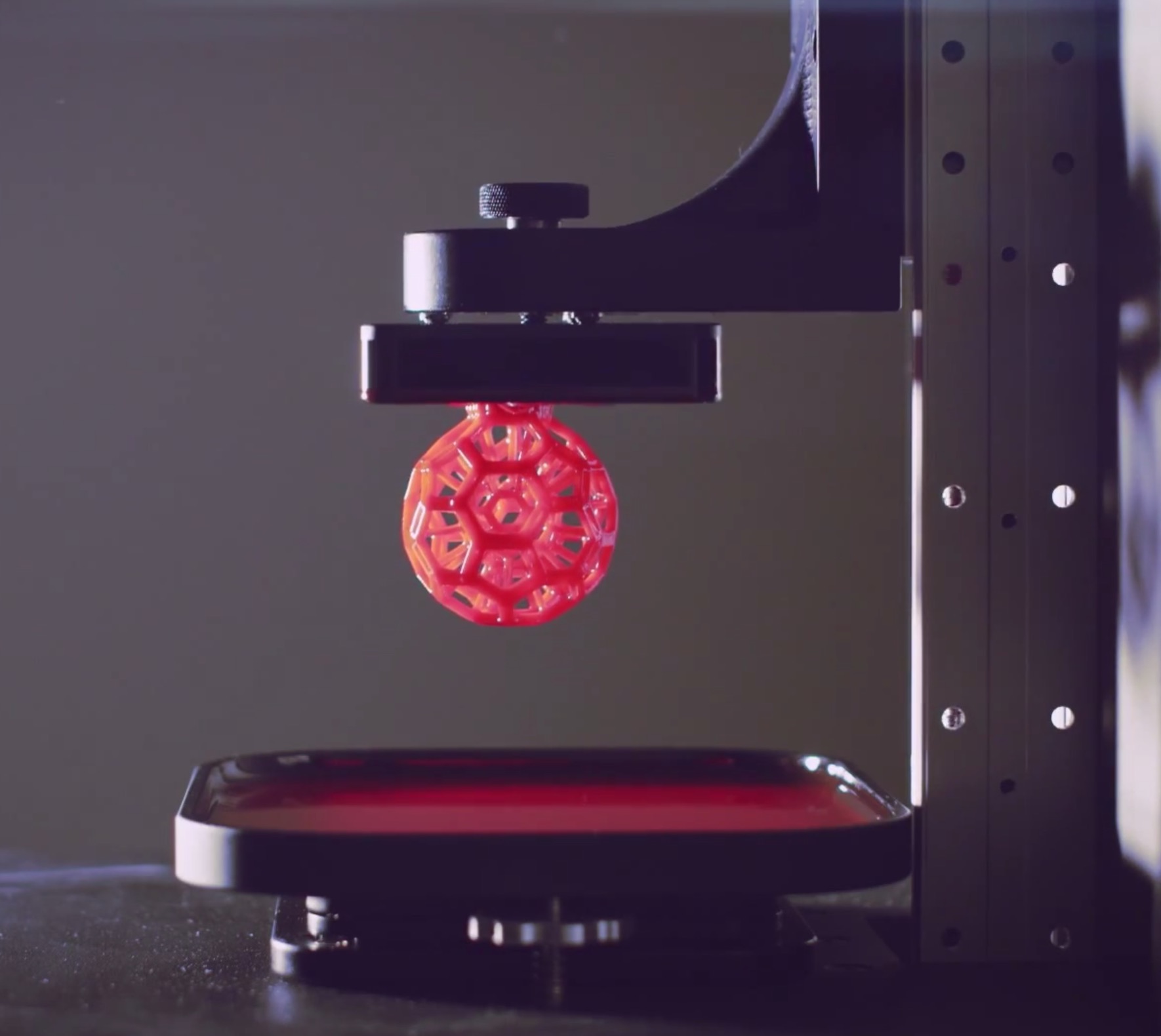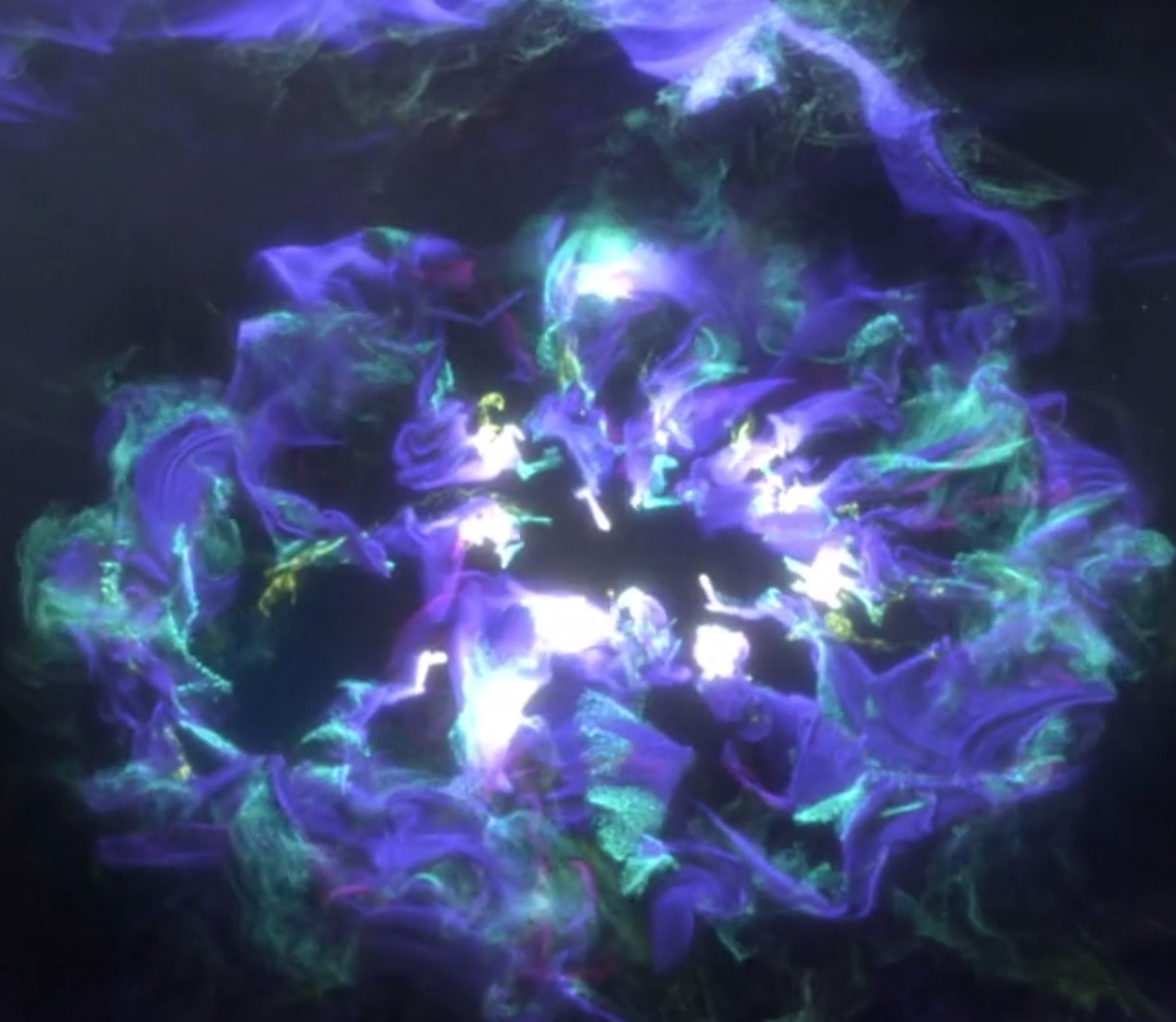
A startup company has announced what might be a revolutionary new 3D printing process that is said to be up to 100x faster than current methods.
Carbon3D, a Bay-area startup, has leveraged a peculiar property of UV-curable resin: while liquid resin can be solidified when exposed to ultraviolet light, this reaction can be inhibited by the presence of oxygen. The company seems to have used this property to bypass a key challenge encountered by resin 3D printers and stepped into a whole new realm of speedy printing. They call the new process “CLIP”.
But first, let’s explain the challenge. Most resin 3D printing processes work by selectively shining UV light upwards through the transparent bottom of a resin tank. Resin adjacent to the tank’s bottom solidifies and is gradually pulled upward, whereupon a second layer of solidified material is generated.
However, there’s a couple of problems here. First, in many 3D printers, the solidified material stick not only to the platform that raises the print, but also to the tank’s floor! This implies the Z-axis must “peel” the new layer slowly off the tank floor – and even if done slowly, it often peels off some of the tank material, too. Thus, clear tanks are sometimes considered a consumable item.
A second problem exists: in machines that have non-adhering tanks, such as Full Spectrum Laser’s “supervat”, the Z-axis must still be raised slowly (although much faster than the adhering tanks), because it must allow time for the viscous resin to completely flow into the space for the new layer, in between the print and the tank bottom.
Here’s how the new process from Carbon3D works: the bottom of the tank is not only clear, but is made of a material that permits a specific amount of oxygen to permeate and enter the tank and collect at the bottom.
Thus, a very small space can be maintained between the bottom of the tank and the print itself within the liquid resin. This means two things. First, there is absolutely no adhesion whatsoever; the print cannot stick to the tank, because it never touches it.
Secondly, there is no viscous flow problem, because there is always resin between the tank floor and the active print surface. This means there is no need to pause printing operations to permit viscous resin to flow into a fresh layer.
Therefore, CONTINUOUS 3D printing can take place! Watch this video (seven times sped up) to see how fast and smoothly this process can produce a complex object:
While this is certainly a revolutionary development itself, Carbon3D has taken it even further: in their model, the Z-Axis can be moved quickly in very small increments, printing in very small layers. So this process is not only fast, but also produces very accurate prints.
The company says they’ll be developing various kinds of resins to produce objects with different material properties, but we think that’s less exciting than the speed and accuracy improvements.
Meanwhile, the company has been fully funded to the tune of USD$40M by Sequoia Capital and other VCs and looks to be developing products with CLIP technology. There’s no word yet on machine models, let alone pricing or release dates. But we’ll be watching closely for any news.
Via Carbon3D


